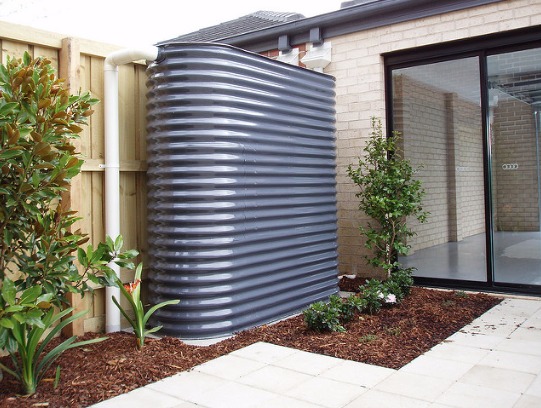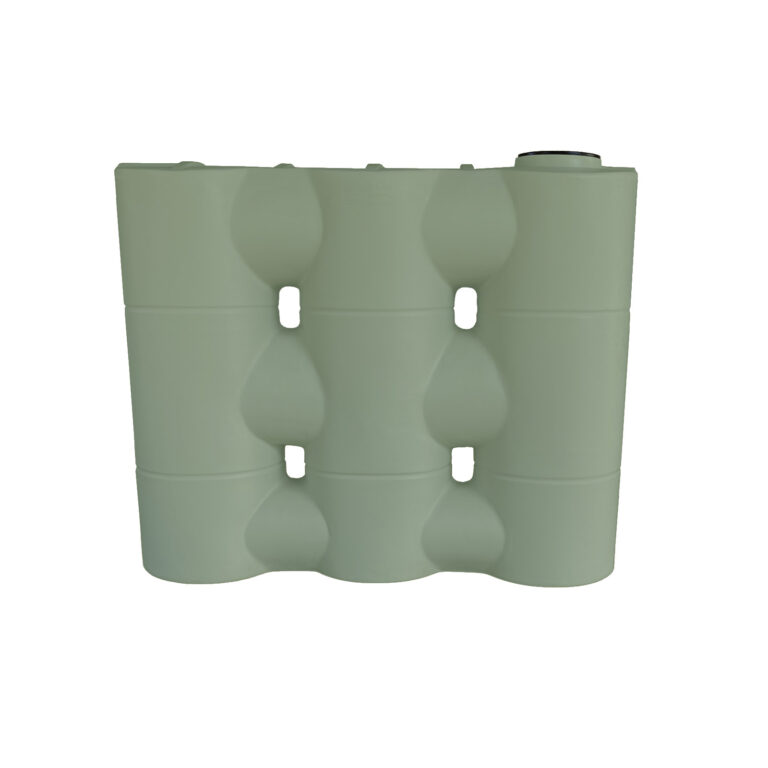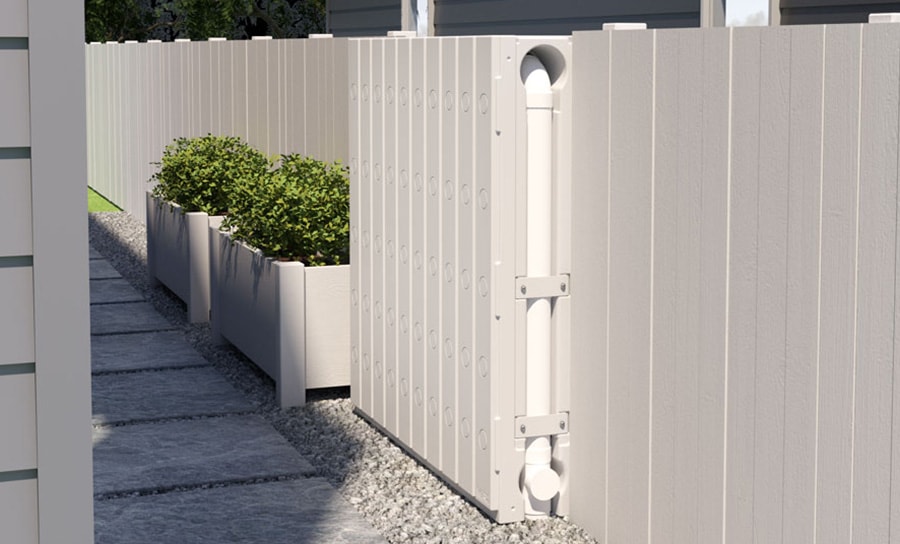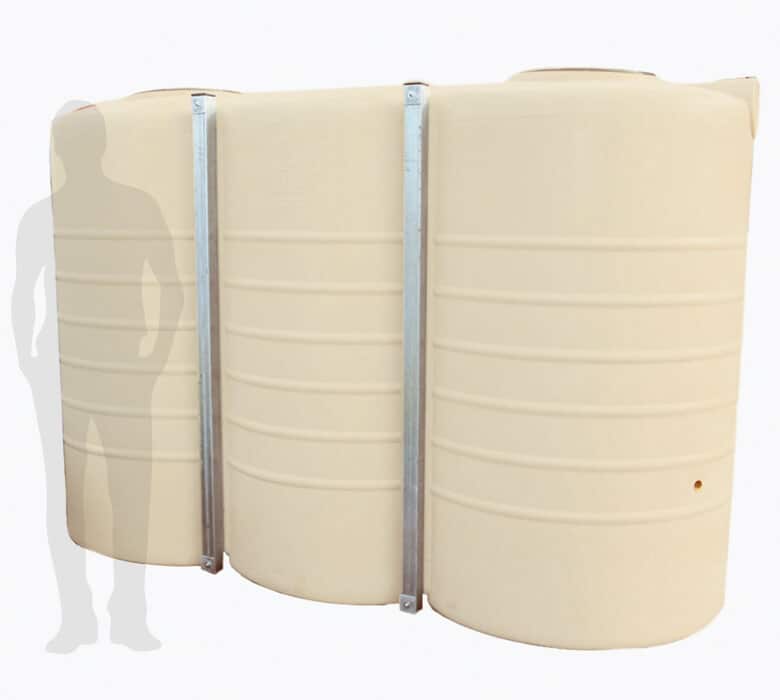Top Quality Slimline Water Tanks: Efficient and Space-Efficient Solutions
Top Quality Slimline Water Tanks: Efficient and Space-Efficient Solutions
Blog Article
Comprehending the Relevance of Rain Storage Tanks in Drought-Prone Regions for Water Security
In regions susceptible to long term droughts, the duty of rain tanks in strengthening water protection is a subject of expanding value. As areas come to grips with the obstacles of water scarcity, comprehending the importance of these storage tanks exceeds simple collection of rainwater. Rainwater storage tanks act as an important tool in reducing the influence of water scarcities by giving a sustainable resource of water for various needs. The real worth of rain storage tanks expands much beyond simple storage; it includes resilience-building actions and the promo of lasting water preservation approaches. This diverse method to water security warrants a more detailed evaluation of the role rainwater tanks play in guaranteeing a trusted water during times of drought.
Advantages of Rainwater Tanks
Utilizing rain tanks offers a lasting remedy for augmenting water supply and enhancing water safety in property and business setups. One of the main benefits of rain storage tanks is their ability to minimize dependence on mains water supply.

Rainwater Harvesting Techniques
Rainwater gathering techniques include a variety of techniques designed to effectively collect and store rainwater for numerous functions, adding to water conservation and sustainability. One typical method is the setup of roof catchment systems, where rainwater is accumulated from the roofing of a structure and guided to a tank. This method is reasonably basic and economical. One more prominent method is using above-ground or underground storage space tanks to store rain for later usage. These storage tanks come in different sizes and products to suit various demands and can be attached to the existing plumbing system for simple gain access to.

Additionally, rainfall gardens and permeable pavements are cutting-edge methods that entail landscaping or paving surfaces in a manner that allows rain to percolate right into the ground, replenishing groundwater reserves. Additionally, shape farming and terracing are farming techniques that aid capture rain and prevent dirt erosion in sloping surface. By applying these varied rainwater harvesting methods, neighborhoods can boost water safety and security and resilience in drought-prone areas while promoting sustainable water administration practices.
Relevance of Water Security
Guaranteeing trusted accessibility to tidy and adequate water sources is vital for maintaining human health and wellness, economic development, and ecological health. Water security is a vital aspect of social resilience, specifically in areas vulnerable to droughts and water shortage. Adequate water safety and security encompasses numerous measurements, consisting of availability, quality, and access of water for domestic, farming, commercial, and ecological demands.
Water protection plays an essential duty in promoting public wellness by minimizing the prevalence of waterborne conditions and ensuring cleanliness facilities. Financially, water safety is crucial for agricultural performance, commercial operations, and overall economic growth. Slimline water tanks. Water safety is closely linked to environmental sustainability, as it more info here sustains communities, biodiversity, and total environmental balance.
In drought-prone regions, water security ends up being much more important because of the enhanced official site risk of water scarcities. Carrying out approaches like rainwater harvesting, water recycling, and efficient water administration techniques can significantly improve water safety in these areas. By prioritizing water safety and security, neighborhoods can better stand up to the effects of climate modification, populace growth, and other obstacles that threaten water availability.
Enhancing Water Resilience
With raising international water challenges, constructing strength in water supply has become a vital focus for lasting development initiatives. Enhancing water durability entails executing approaches to make sure water accessibility and high quality when faced with transforming ecological problems, such as dry spells, floodings, and contamination.
One secret aspect of improving water resilience is promoting using rain containers in drought-prone areas - Slimline water tanks. Rainwater storage tanks offer as an effective ways of capturing and storing rain for later usage, reducing dependence on limited freshwater sources during completely dry durations. By integrating rainwater harvesting systems into water monitoring strategies, neighborhoods can boost their capacity to withstand water deficiency and maintain water safety and security

Lasting Water Preservation
Amidst escalating water obstacles, the sensible management of water resources via sustainable conservation methods is necessary for making certain lasting ecological security and societal wellness. Lasting water conservation involves the efficient use water sources to fulfill present requirements without endangering the capacity of future generations to satisfy their own demands. By implementing strategies such as rainwater harvesting, greywater recycling, and water-efficient technologies, areas can minimize water wastefulness and reduce pressure on freshwater resources.
In addition, sustainable water preservation practices add to ecosystem health and wellness by preserving ample water levels in rivers, lakes, and wetlands, sustaining biodiversity, and preserving natural habitats. These methods additionally play a critical function in mitigating the effects of climate modification by aiding to adjust to altering rainfall patterns and water schedule.

Conclusion
Finally, rain tanks play a vital function in enhancing water protection and strength in drought-prone regions. By utilizing rain harvesting techniques, neighborhoods can lower their dependence on conventional water sources and advertise lasting water preservation techniques. This not only helps reduce the effects of water deficiency throughout dry spells but also contributes to long-lasting water safety and strength despite climate change challenges.
Report this page